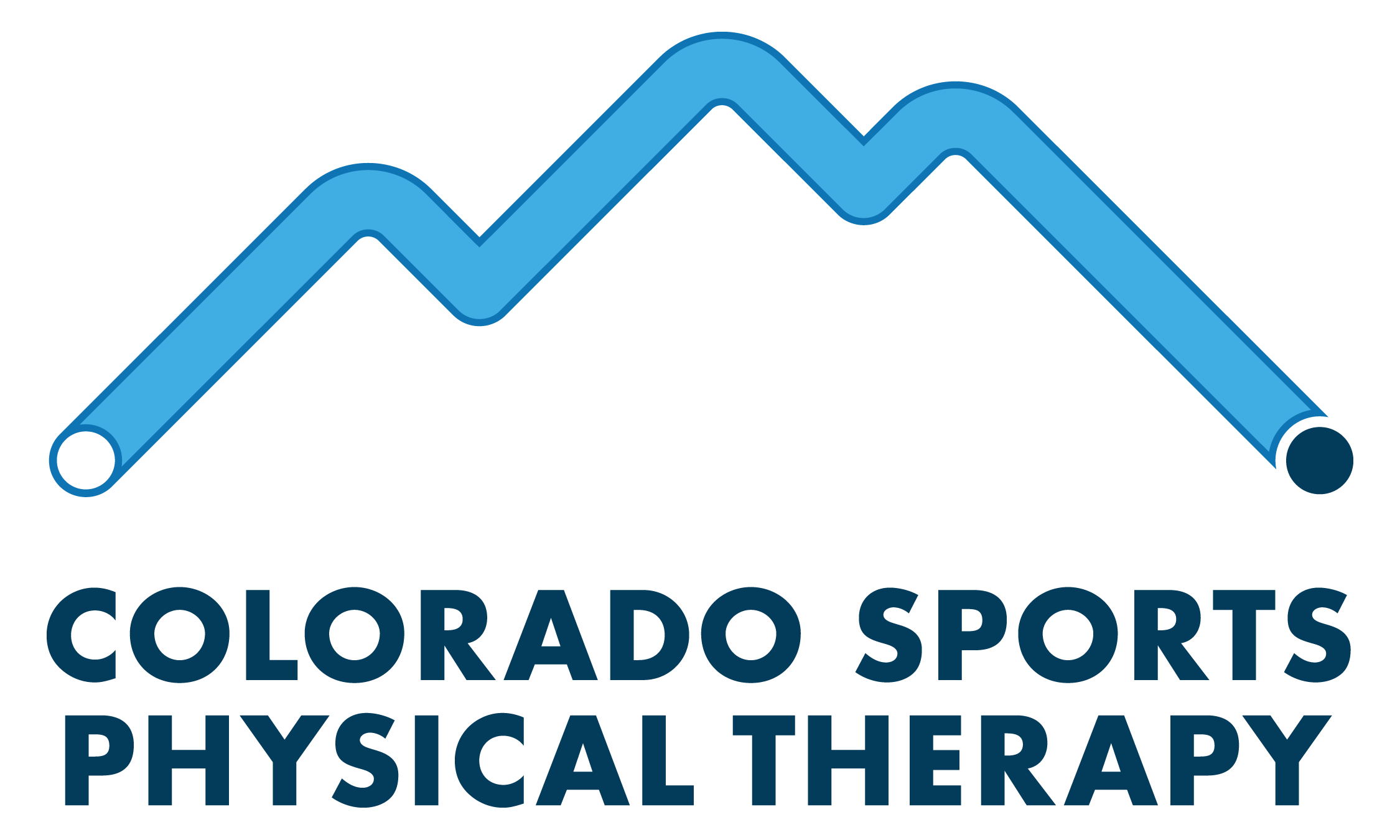When is “No Pain No Gain” Actually True?
We all know that when you work hard for something, the results can be spectacular, however there can also be a downside to that. Who hasn’t heard the phrase “no pain, no gain”? As a young athlete, I know I must have heard it almost every day in the gym, and I continue to hear it to this day. While there is some truth to the statement, you must remember that all pain is not created equal. In fact, pain is something that has evolved with humans as a protective mechanism with our body basically telling us, “if it hurts, don’t do it”. Here are some other helpful thoughts when dealing with pain.
1. How much pain are you in?
This is one of the first questions your physical therapist may ask you. It seems like common sense that the more pain you are in, the worse, but there is something very important to keep in mind. Pain can be a muscle inhibitor. This means that when you are actively causing pain, your muscles most likely are going into protection mode and will not work optimally. Think about those lovely times that your sibling or friend gave you a dead leg and you immediately fell to the floor. That gives you a pretty good idea of muscle inhibition through pain.
2. Where is your pain?
This is a big one. Pain in your joint is very different than muscle pain and really, there should never be a time that it should be happening. Do your knees hurt when you squat? Stop. Does your shoulder hurt when you throw? Stop! Most of the time, this is correctable with strength, flexibility, and education, but they should never happen! And furthermore, you should be able to do these activities relatively pain free.
3. What kind of pain are you having?
Here is another question that most of you should have heard and it helps us make clinical decisions when it comes to your diagnosis and plan of care. Sharp, stabbing, shooting pain are all red flags for us. They can indicate acute, active injury with possible nerve involvement. If you feel this kind of pain- stop what you are doing and seek help! Pain that is more along the dull, achy side is usually more indicative of chronic conditions, but is still important to address. Don’t wait to address it, because it can be harder to get rid of the longer you wait.
4. How long does your pain last?
Do you go for a run and your pain lasts for a week? That usually is not a great sign. Delayed onset muscle soreness, or DOMS, is the technical terminology for the soreness you have 24-72 hours following a hard workout or that first day back on the slopes. This is a normal muscle reaction that will subside with rest and gentle movements (remember that pain can actually make your muscles feel weak). Anything longer than that could indicate actual injury. A good general rule is pain that lasts for anything more than a few days should probably be checked out.
To be fair, the medicine of pain science is far more complicated than what is presented above. In fact, there are physicians that focus only on pain management. However, you can learn to be better aware of what your pain means and how to manage it when you can learn to describe it. No pain no gain should not be a definitive lifestyle, but an idea of how you can work hard to gain specific results.
